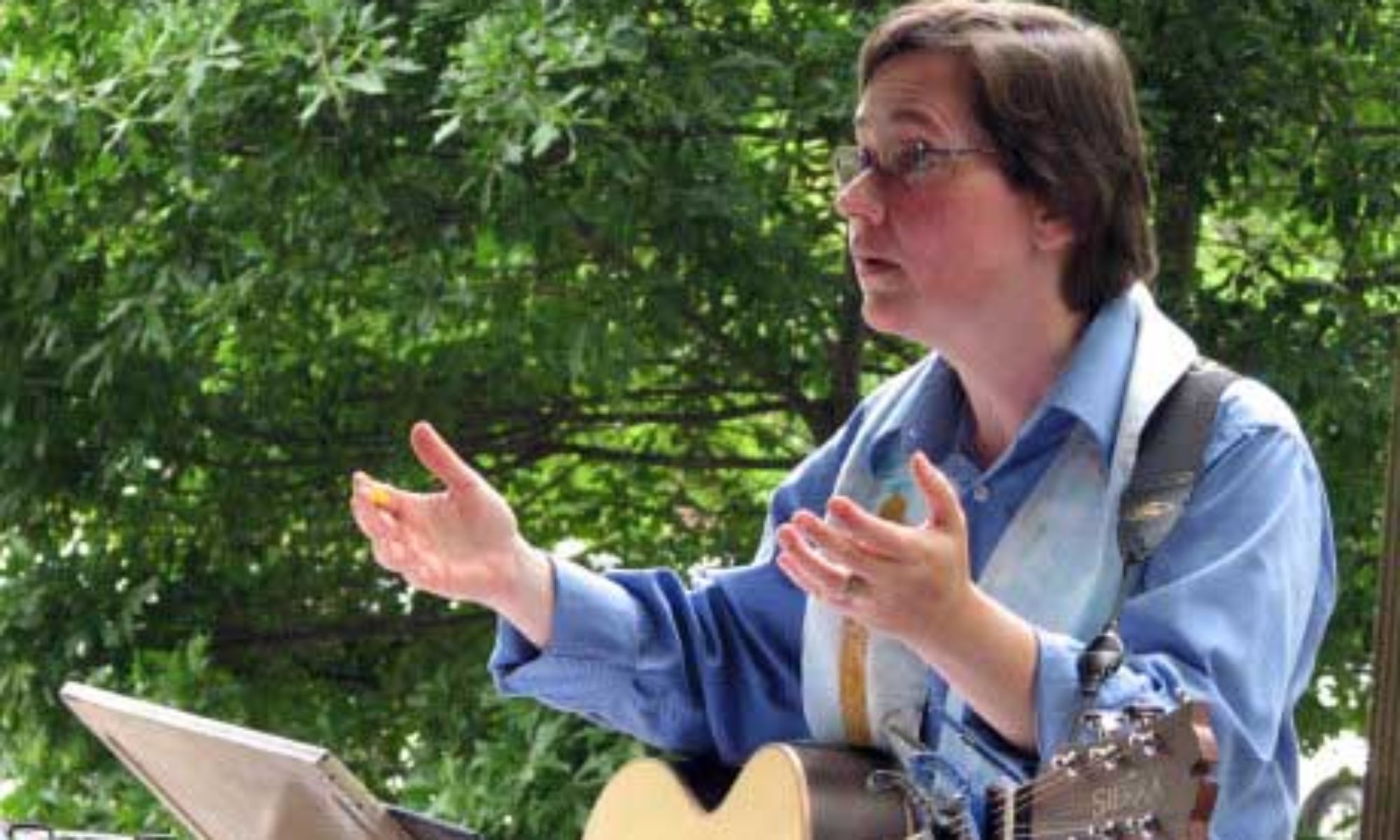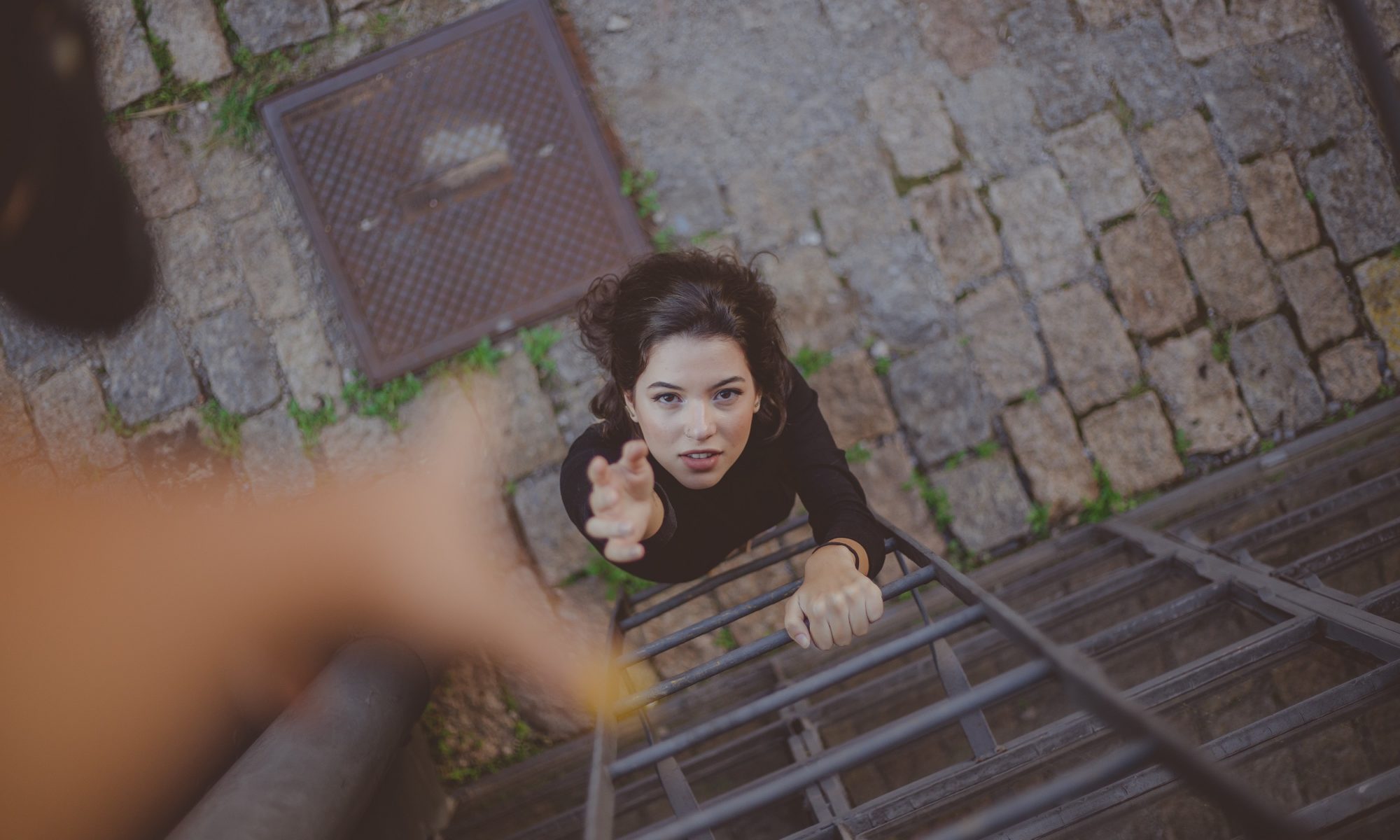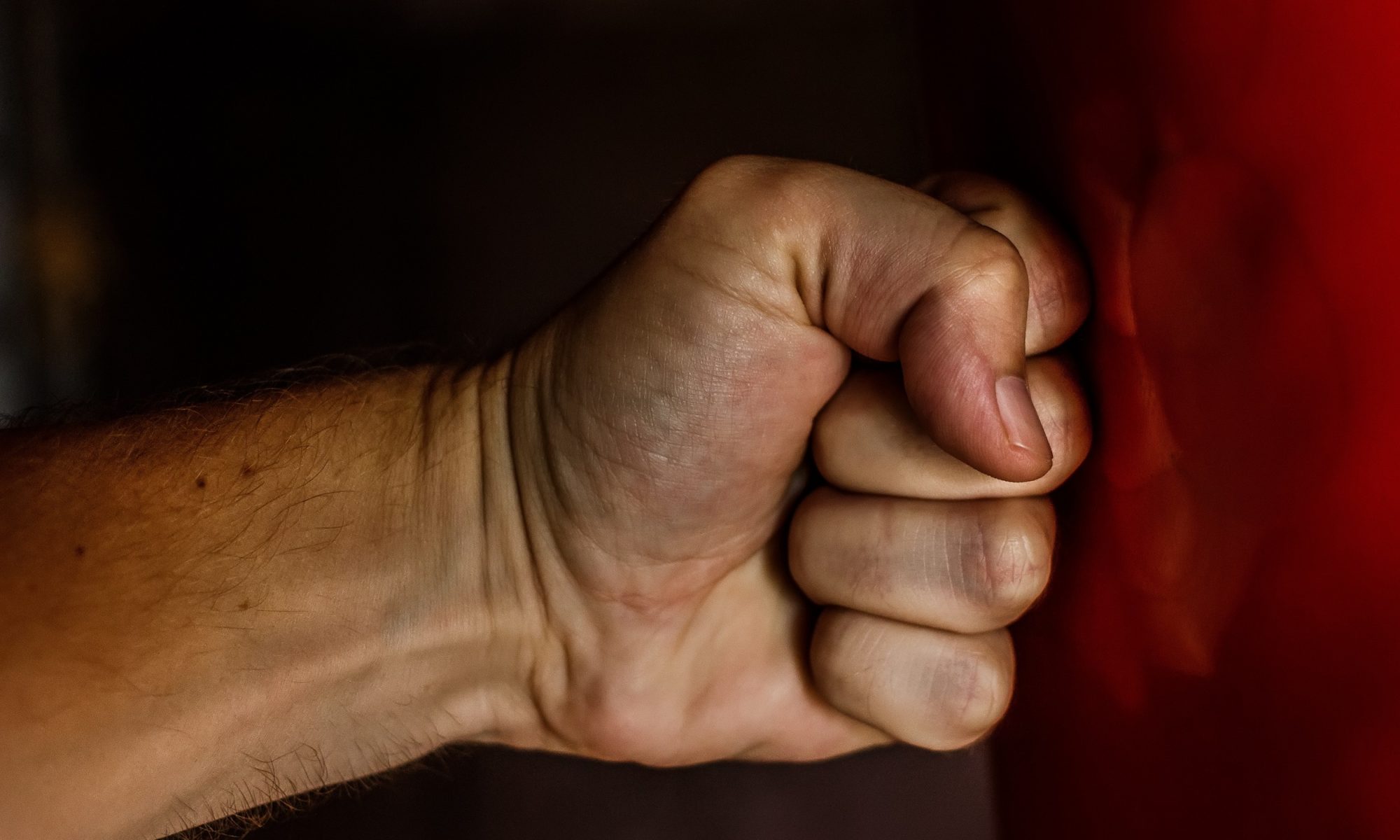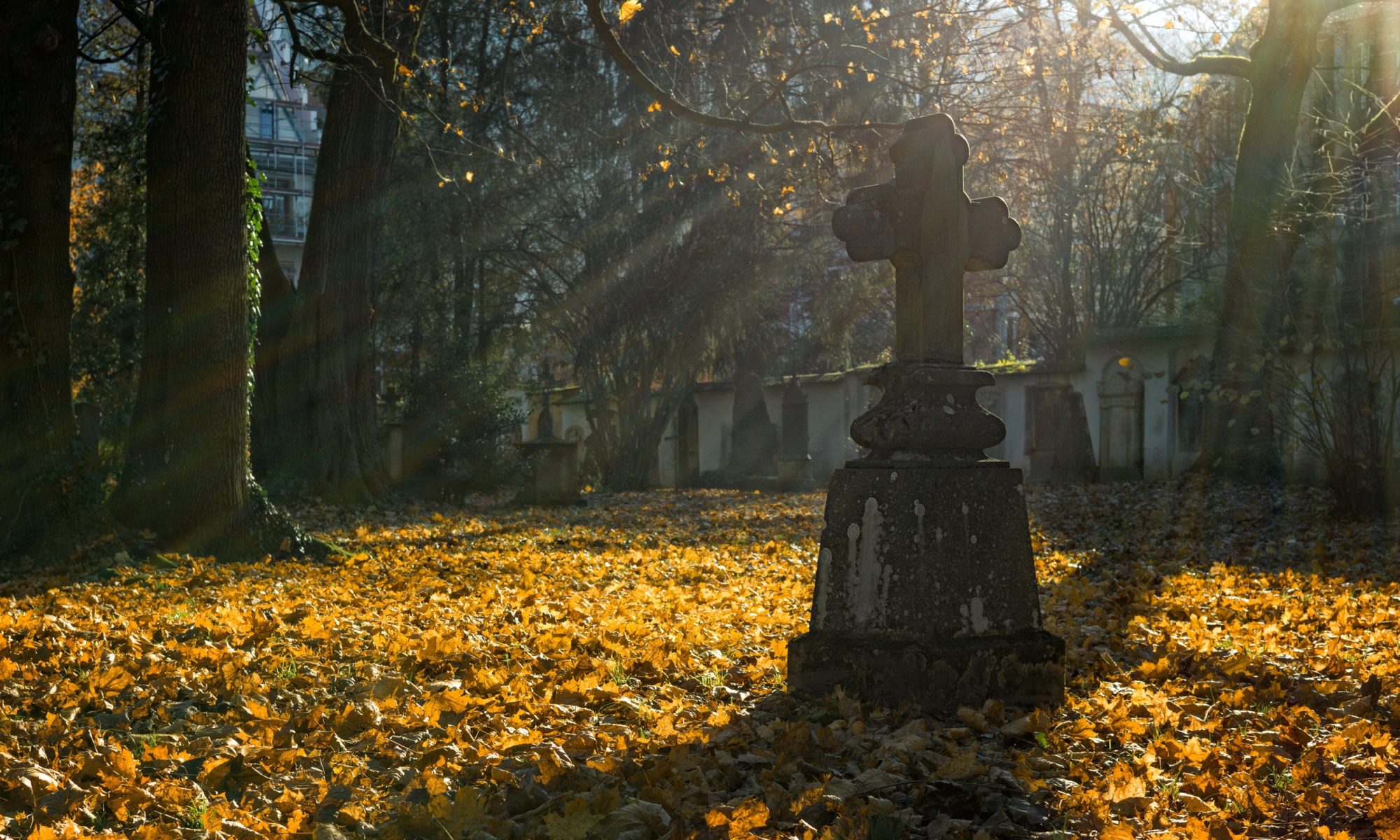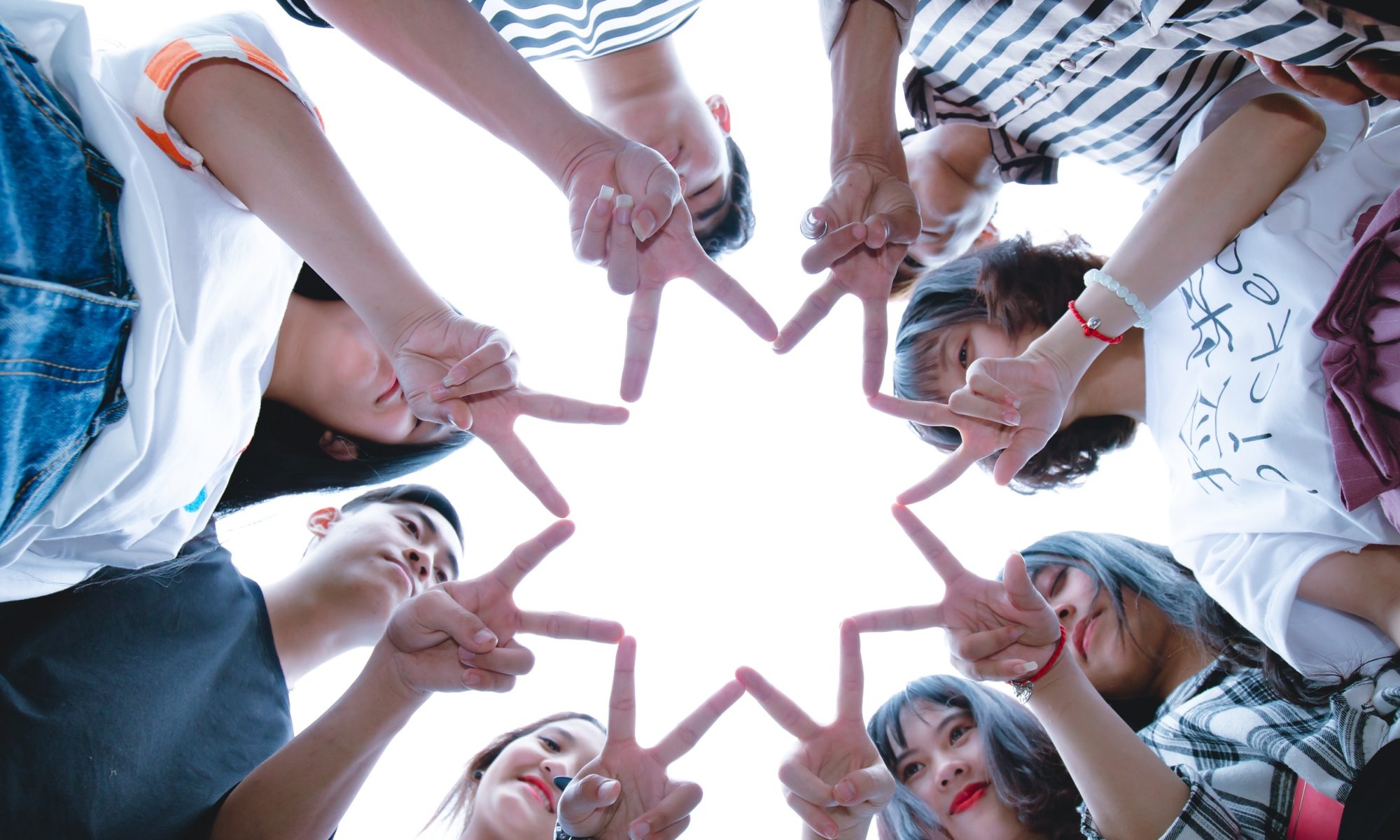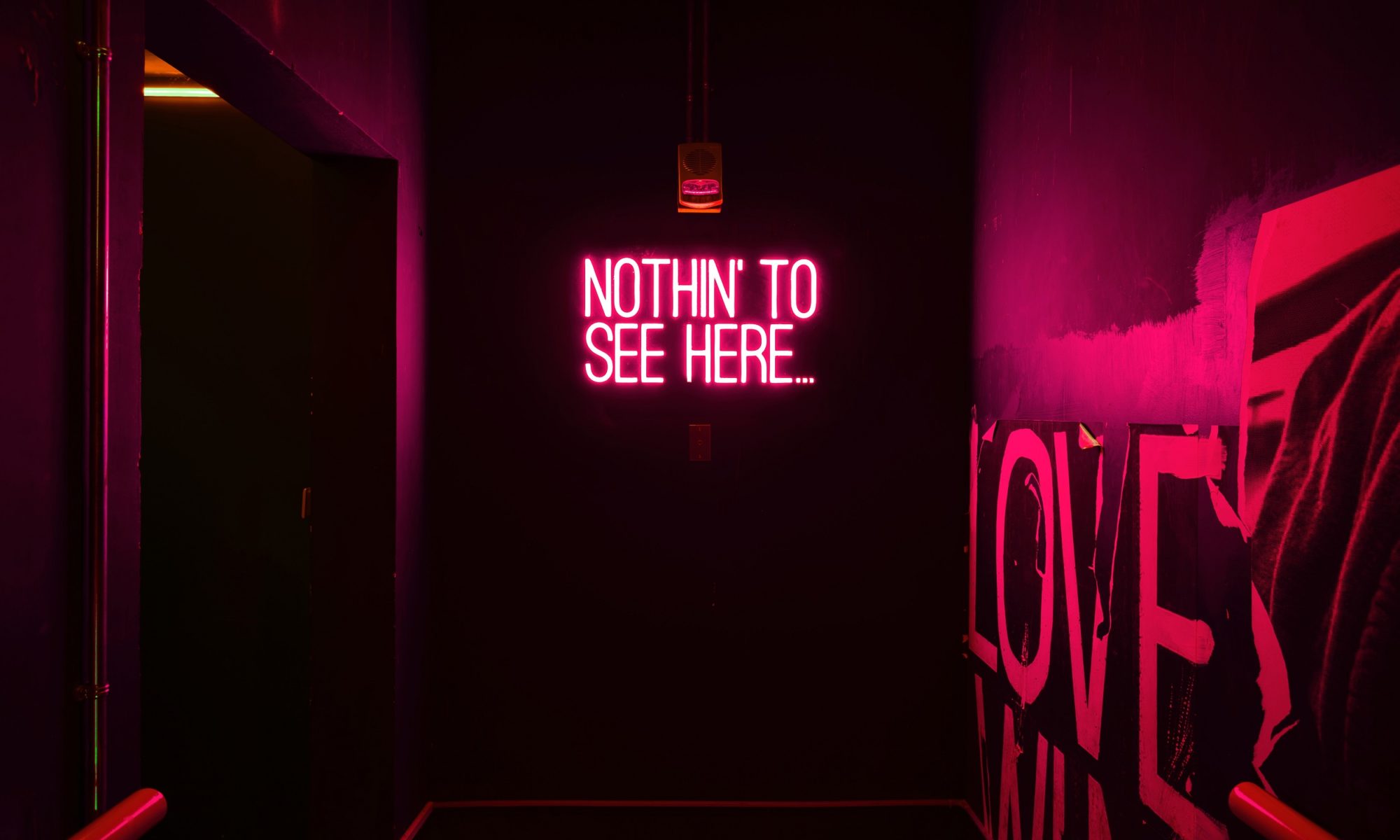Lesson 25: I do not know what anything is for.
Catholic priest and author Richard Rohr once remarked, “When we reach the end of what we know, that’s where we find God.” Which is exactly the point of today’s workbook lesson.
When we reach the end of what we know – all the knowledge the ego has gathered about the world around us and has convinced us that we live in a world of striving and lack and luck – we will understand that we don’t know what the purpose of anything is in this world.
We are purpose driven people – just ask the famous authors who write about our purpose and how to find it. I spent a good hour earlier this week listening to a very famous self-help author go on and on about life’s purpose and how to identify it and live into it. Purpose – meaning making – is the top pastime of the ego. We feel like we’ve failed this thing called life unless we have a purpose – a “special” purpose at that – to fulfill in this world.
Continue reading “AYoMW: Jan. 25, 2020 — I don’t know what I don’t know”